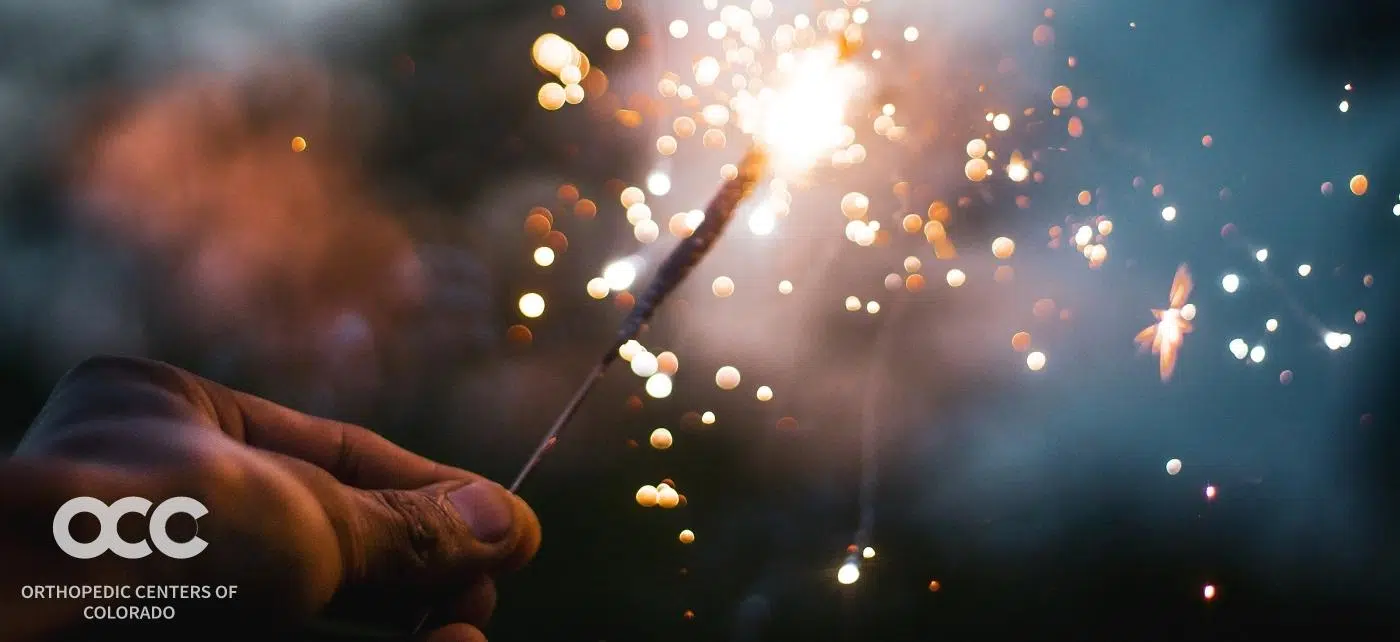A sparkler burns at a toasty 1,200 degrees! That’s hot enough to cause very serious injury. The 4th of July is a great time for celebration, and it’s also a really important time to be safe. The Consumer Product Safety Commission (CPSC) says fireworks cause more than 10,000 injuries annually, and hand, arm, and finger injuries account for 30-50% of all reported injuries.
It’s always a great idea to sit back and let the professionals handle the fireworks, but if you do participate in lighting legal fireworks, Douglas County offers the following safety tips:
- Keep a bucket of water nearby for emergencies; pour on fireworks that don’t go off.
- Do not try to relight or handle malfunctioning fireworks. Douse and soak them with water and throw them away.
- Be sure other people are out of range before lighting fireworks.
- Do not dispose of used fireworks in a combustible container.
- Ensure that fireworks are completely extinguished by soaking them in water prior to disposal.
What to do if someone gets burned: First-degree burns can typically be treated at home by cooling the burn under cool (not cold) running water for 10-15 minutes. Be sure to remove rings, tight clothing, or other items from the burned area quickly and gently before any swelling begins. Avoid breaking any blisters that form, and take an over-the-counter pain reliever if needed. Because fireworks often cause much more severe burns, make sure you know how to identify the severity of any burn:
- First-degree burns affect only the outer layer of the skin. They cause pain, redness, and swelling.
- Second-degree burns affect both the outer and underlying layers of skin. They cause pain, redness, white or splotchy skin, swelling, and blistering.
- Third-degree burns affect all layers of the skin and underlying fat. Muscle and even bone may be affected. Burned areas may be charred black or white. The person may experience difficulty breathing, carbon monoxide poisoning, and other toxic effects, if smoke inhalation also occurred
Second and third-degree burns are considered major burns and should be treated immediately. Call 911 or emergency medical help for major burns.










